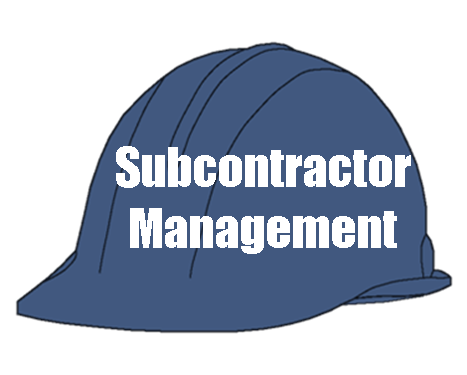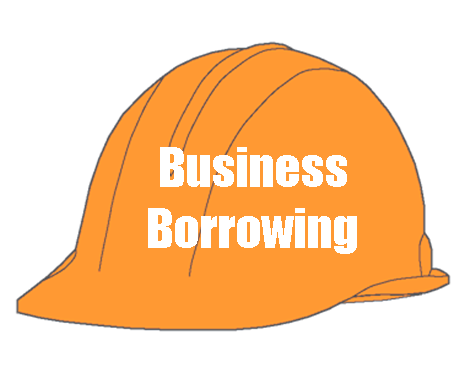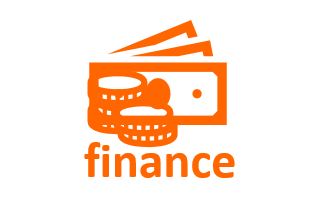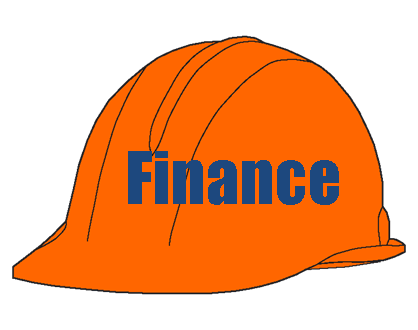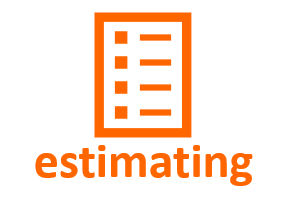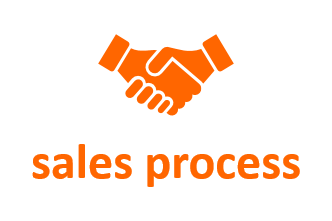BUSINESS BORROWING
Collaborate With Your Construction Team
Strategy One - Extend Your Payables
- The strategy here is to explain to the vendors (excavator, foundation, framer, lumber supplier, etc) that you will pay the balance of the invoice immediately upon the close, will pay them interest of X% on the invoice for any time period for which the unpaid balance exceeds their normal terms, and that they will be your preferred trade contractor as long as their pricing remains reasonable.
- Be certain to set this arrangement up before you start the project, not after the fact. You do not want to damage your credit with your vendors; you want their agreement to this arrangement. If you just unilaterally extend terms, you are a problem payable; If you extend per an agreement, you are a smart businessman.
- Try this -- Have them invoice you for services, and then accept a Note in payment of the invoice. That Note can show the property as collateral for the Note, but will not be recorded and is a lien release for the invoice. You do not want a recorded Note or a lien to show up at the title company when you are sitting at the closing table. TALK TO YOUR ATTORNEY ABOUT HOW BEST TO ACCOMPLISH THIS.
Strategy Two - Form a Joint Venture with Your Vendors and Subcontractors
In difficult times, your vendors are looking for ways to protect their business, too.
Demonstrate to them that by working together, everyone can prosper.
Here are two methods you might want to consider. Tweak either one or a combination of the approaches until it works best for your business.
Method 1 -- Subcontractor participates by contributing his work
In this strategy, the subcontractor does not contribute cash, but contributes the amount of his invoice, plus interest, to the project until the house is sold.
Based on vendor/sub participation, you will offer a percentage of net profit to participating vendors, calculated after reasonable builder overhead and builder profit.
- Assume that you decide to offer 20% of net profit, after reasonable Builder overhead and profit, if all vendors participate in the strategy.
- Total vendor hard cost was $180,000.00.
- 70% of vendors (by dollar amount) participate in the strategy.
- Total dollar value of vendors participating was $126,000.00.
You build a $200,000 house (land price is not included in the transaction) in four months. The house is sold during construction for a 9% net profit, or $18,000.00, including the extra interest paid to subcontractors.
- All vendor invoices and accrued interest is paid to participating vendors.
- 20% of $18,000.00, or $3,600.00, is the total participation pool.
- 70% of that amount (the percentage of vendors participating), or $2,520.00, will be distributed, pro-rata, based on the invoice amounts and accrued interest.
- Assume the framing contractor was a participant, and agreed to put his $13,000.00 invoice in the pot.
- Payment on his invoice was two months delayed, so he would be paid interest on the invoice.
- In addition, the framer would receive his pro-rata share of the JV pool, or 13,000/126,000 = 10.3% of the $2,520.00 = $260.00 share of the Joint Venture share.
- The amount of net-profit distributed to the participating vendors increases their income from the project to compensate them for their patience on the invoices.
Method 2 - Subcontractor participates by contributing cash
This is the same as any joint venture, but with a kicker. You calculate the amount of cash you need to get started, and how much of the profits of each house will be allocated for each unit of cash. The subcontractors then ante up the amount they feel comfortable with and you proceed with that amount of reserve established.
- Assume that you need to raise $100,000 to get started.
- You decide to offer 20 units at $5,000 each.
- The joint venture will receive 50% of the net profit (after reasonable builder overhead and profit) on the project, and the subcontractor participants are expected to wait on their invoicing until the property is sold.
- The Builder will pay interest on any invoices over 30 days, to keep the framer and your trades happy.
Half of the $18,000, or $9,000, is the return to the joint venture, after payment of all invoices and accrued interest. This is a return of 9% on the initial investment for a four-month holding period, or an annualized return of 27%.
This return exceeds the return available in a savings account, and the subcontractor has the added benefit of assuring himself of the work on your project, from which he has also presumably made a profit.
There are a myriad of permutations or re-arrangements to the suggestions above. Just spend some time thinking about how to put the best program together for your team.
Words of Warning
Check pricing closely to prevent a participating vendor from padding his proposal. Just suggesting...
Be just as strict with the TC->SOW->WO->IR process in controlling your participating vendors and your non-participating vendors. The overall quality of the house is still your responsibility.
Work with your advisors, especially your attorney and your accountant, to put these alternative programs together. You are legally committing yourself to an agreement. Be sure you understand all the financial and legal ramifications of what you are agreeing to do.
Make sure the entire agreement is in writing so the confusion is minimized.
